Shop
ADVANCER® KILN SHELVES
Proven to outlast.
The only LO-MASS® advanced nitride-bonded kiln shelf with 30+ years of proven performance. ADVANCER® kiln shelves are 19x stronger and 50% lighter than conventional kiln shelves. Increase stacking space – save time and energy with ADVANCER® kiln shelves. Suitable for Electric, Gas and Soda firing.
ADVANCER® kiln shelves are glaze resistant with an ultra-low surface porosity of <1%. Kiln wash is optional for many applications. ADVANCER® kiln shelves will not warp even after hundreds of firings under heavy loads.
The newest generation of silicon carbide kiln furniture backed by an un-matched technical support team.
Showing 1–12 of 65 results
-
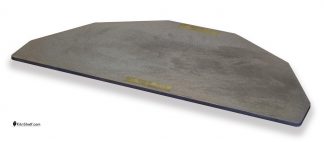
26″ x 13″ x 5/16″ Half 12 Sided ADVANCER® Kiln Shelf
$298.00 Add to cart -
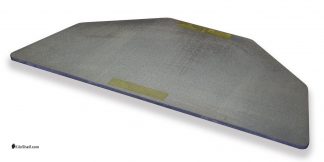
21″ x 10.5″ x 5/16″ Half 10 Sided ADVANCER® Kiln Shelf
$241.00 Add to cart -
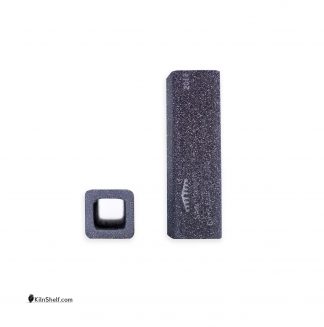
GlazeEraser® Hand Tool
$50.00 Add to cart -
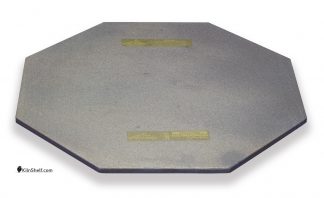
15″ x 15″ x 5/16″ Full 8 Sided ADVANCER® Kiln Shelf
$239.00 Add to cart -
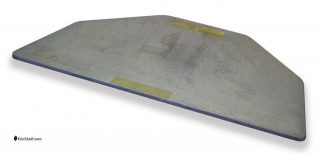
20″ x 10″ x 5/16″ Half 10 Sided ADVANCER® Kiln Shelf
$229.00 Add to cart -
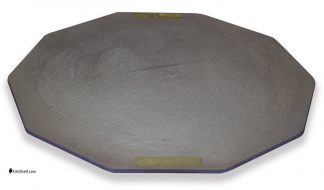
21″ x 21″ x 5/16″ Full 10 Sided ADVANCER® Kiln Shelf
$390.00 Add to cart -
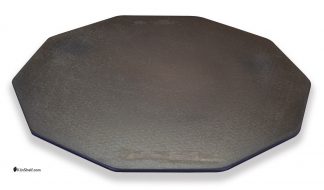
20″ x 20″ x 5/16″ Full 10 Sided ADVANCER® Kiln Shelf
$366.00 Add to cart -
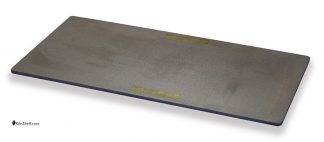
12″ x 24″ x 5/16″ ADVANCER® Kiln Shelf
$299.00 Add to cart -
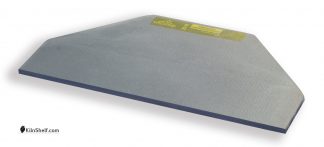
15″ x 7.5″ x 5/16″ Half 8 Sided ADVANCER® Kiln Shelf
$165.00 Add to cart -
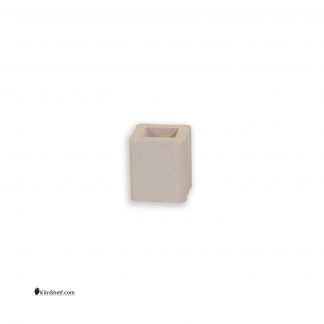
2″ x 1-5/8″ Square Cordierite Kiln Post
$2.03 Add to cart -
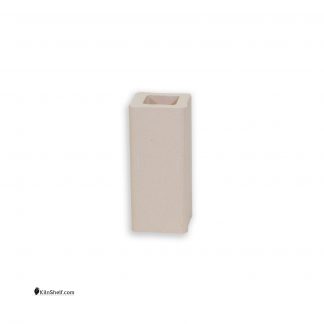
4″ x 1-5/8″ Square Cordierite Kiln Post
$3.30 Add to cart -
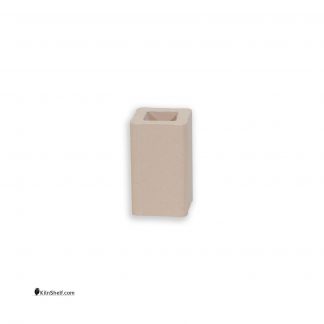
3″ x 1-5/8″ Square Cordierite Kiln Post
$2.67 Add to cart
Showing 1–12 of 65 results